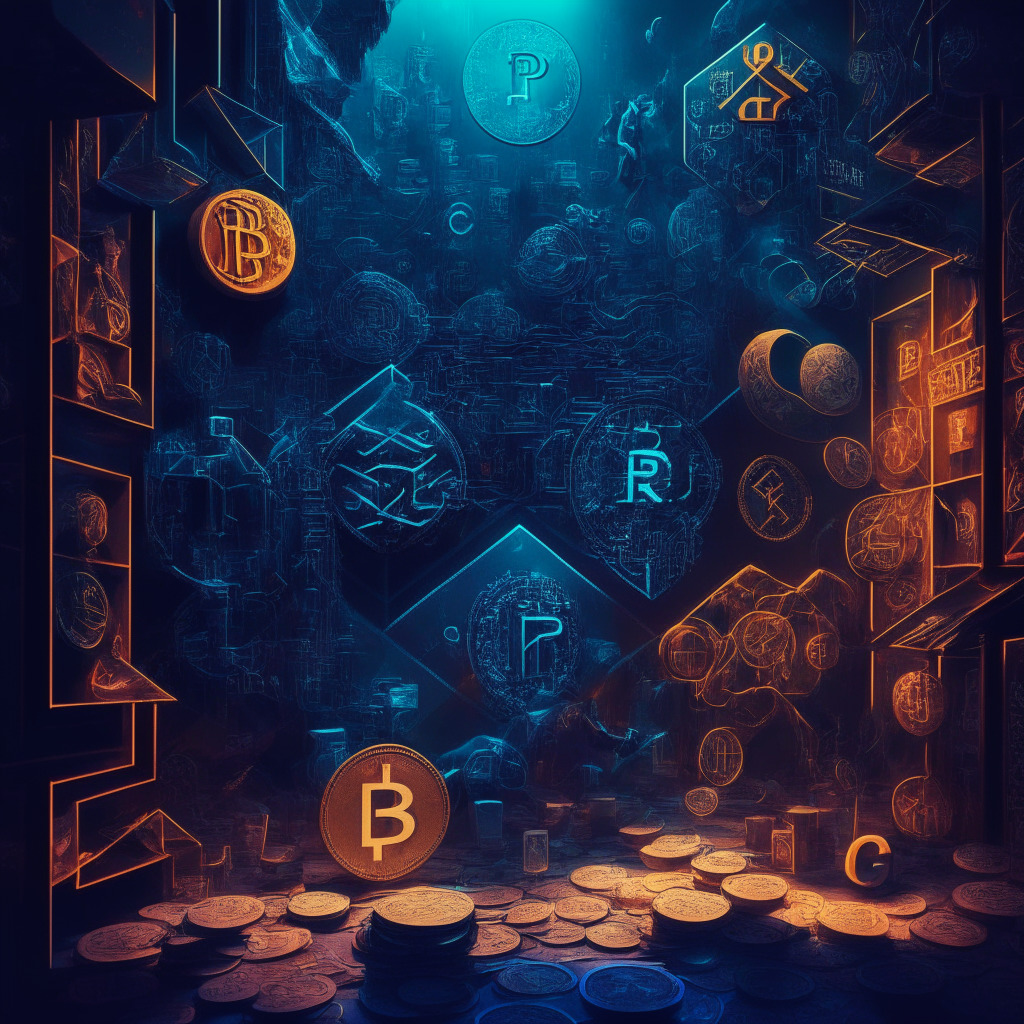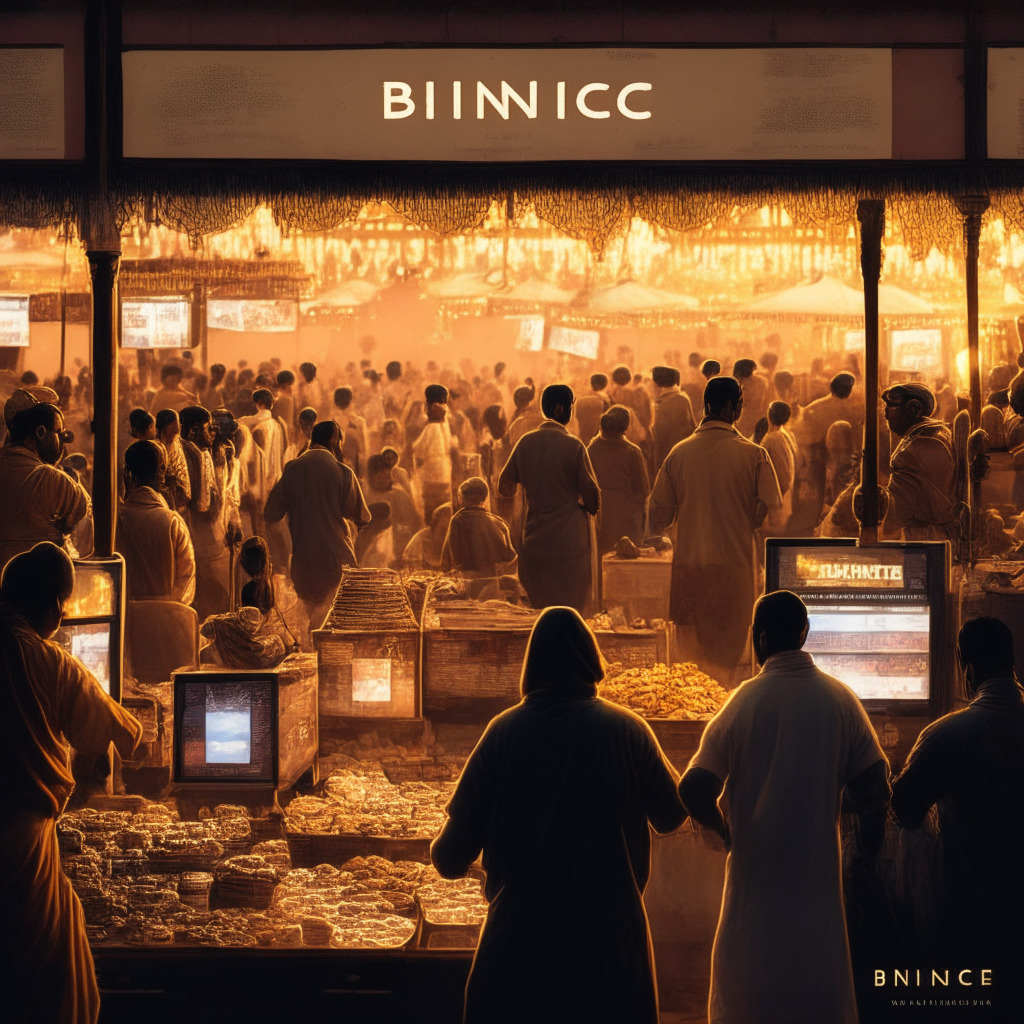The never-ending discussion in the crypto world often revolves around whether tokens can be considered securities in the United States, as several crypto companies face immense financial and legal challenges. For instance, let’s examine Ripple – sued by the U.S. Securities Exchange Commission (SEC) in 2020. Defense costs for Ripple have already surpassed a staggering $200 million. The SEC argues that Ripple sold XRP tokens as an unregistered security, which is similar to accusations against numerous other crypto firms.
Despite the looming threat of costly litigation, companies and projects continue to push the boundaries of what is perceived as a security. Take the Arbitrum Foundation, the organization behind the Arbitrum blockchain, as an example. Their recent proposal, in their DAO governance forum, plans to reward Ether (ETH) tokens worth over $6 million to holders of its native Arbitrum (ARB) token. These tokens were generated through base fees and surplus revenue from network transactions. While the proposal has gained traction, some community members express concerns that the revenue distribution might lead to ARB tokens being labeled as securities.
Ripple’s two-year battle with the SEC has proven costly, as CEO Brad Garlinghouse revealed defense expenses have reached $200 million. He made these statements during a fireside chat at the Dubai Fintech Summit, further noting that the United States’ regulatory progress pales in comparison to advancements in the United Arab Emirates and the recent Markets in Crypto-Assets bill in the European Union.
In another development, some large corporations have formed a coalition to create blockchain solutions designed for institutional investors. Companies such as Microsoft and Goldman Sachs are partnering in a new blockchain network called the Canton Network, which aims to be an interoperable blockchain network for institutions working with institutional assets. Built on Daml, the Canton Network will enable seamless synchronization of “assets, data, and cash” across linked applications.
Despite such advancements, not all news has been optimistic for crypto companies. Bittrex, a cryptocurrency trading platform, recently filed for Chapter 11 bankruptcy protection in the United States. This decision came after the SEC charged Bittrex and its co-founder, William Shihara, with securities violations. The filing listed the U.S. Treasury’s Office of Foreign Assets Control (OFAC) as the largest creditor, with a claim of $24.2 million. Bittrex Global CEO Oliver Linch reassured that funds are safe and will be handed over to the court as the exchange winds down its U.S. operations.
Going back to the case of Arbitrum, they are planning to distribute nearly $6.2 million worth of Ether tokens to its community. A recent proposal on its governance forum indicates that around 3,352 ETH will be collected by Arbitrum’s decentralized autonomous organization. While the proposal seems to be well-received, some members are skeptical, pointing out that the revenue distribution might result in ARB tokens being classified as a security.
With such varying opinions and outcomes in the ever-evolving blockchain and crypto landscape, only time will tell how regulators and companies find a balance between innovation and compliance.
Source: Cointelegraph




